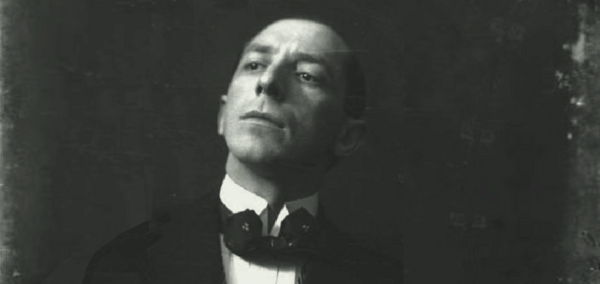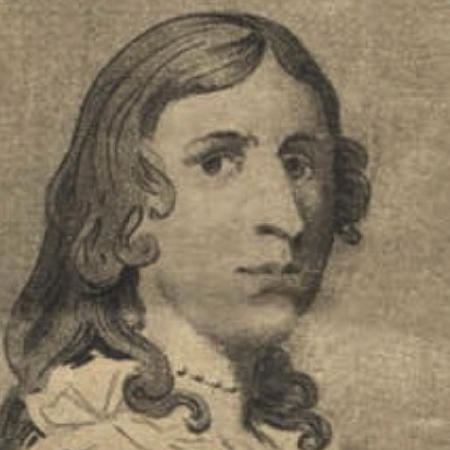THIS WEEK’S MUSE
Umberto Boccioni: painter and sculptor

“Art is viable when it finds elements in the surrounding environment.”
Umberto Boccioni was an Italian painter and sculptor, and one of the principal figures behind the rise of the Futurist movement in the early 20th century.
He was born in 1882, in Reggio di Calabria, on the slopes of the Aspromonte mountains and the “toe” of the Italian Peninsula.
Little is known about his early life. He grew up in various cities, moving around with his father’s work as a government official. Those who knew him talked of his “rebellious, critical spirit” interested in “Nietzsche, rebellion, and socialism,” traits that would become useful as a key protagonist in the rise of Futurism.
The Futurist movement grew out of Milan in 1909, thriving around an intellectual dislike of “everything old” – specifically political and artistic traditions.
“We want no part of it, the past,” wrote poet Filippo Tommaso Marinetti, “we the young and strong Futurists!” They admired speed and technology, youth and, violence.
They looked to the car, the aircraft and the industrial city as representatives—and proof—of the triumph of humanity over nature.
A philosophy of change and renewal that only looked forward.
Futurists were artistically committed to “universal dynamism,” which said that objects in the real world are not separate entities – from one another or from their surroundings.
Rather, they are merely part of a single whole, and their new art would reflect that concept. “To paint a human figure,” Boccioni wrote, “you must not paint it; you must render the whole of its surrounding atmosphere.”
For him, the human figure, or anything else in the real world, should not be seen as a separate entity.
Boccioni and his fellow Futurists also aspired to inject a sense of time into their work. Our perception of the world, he argued, is in constant motion.
Capturing that motion over time was a Futurist ambition, using “lines of force” to indicate the movement through time within the still frame of the painting.
Perhaps the limitations of the 2-D canvas led to Boccioni to sculpture. The philosophy to “depict a synthetic continuity of motion” was made explicit in his 1913 work, Unique Forms of Continuity in Space. He had taken up sculpture the year before with a typically Futurist proclamation, announcing, “I believe I have glimpsed a complete renovation of that mummified art.”
There is a certain poetic symmetry in Boccioni’s untimely death, taken before he could himself become what he despised – part of an accepted tradition.
Aged 33, he was conscripted into the Italian army to fight in World War 1; a war Marinetti might have described as a manifestation of a Futurist ideal – the rejection of a political past through a modern rationale and new technology.
He didn’t die in battle, but from injuries after being thrown from a horse, itself a Futurist metaphor for the energy and power of progress.
“We expressed our deep-rooted disgust with, our proud contempt for, and our happy rebellion against vulgarity, mediocrity, the fanatical and snobbish worship of all that is old, attitudes which are suffocating Art in our Country.”
HAPPENING
Sunday, March 12. 2pm

DEBORAH SAMPSON: A REVOLUTION OF HER OWN
Presented by the Historical Society of Old Yarmouth
Discover the story of the first woman to fight in the American Military.
$10
